
Is Hollywood the ultimate secret side hustle? When actors are getting millions for minutes and seconds on screen, we can’t help but believe we went the wrong way at the career fork. With star power for time worked, some residuals are so ridiculous that they cross over into parody.
From pay-or-play arrangements that guarantee a paycheck even if the production never sees the light, to backend profit deals that turn box office successes into personal goldmines, these examples serve to demonstrate how far effort and reward are separated in show business. Some of these actors didn’t even speak a word yet still earned huge sums.
Here are nine jaw-dropping instances when Hollywood A-listers raked in jaw-dropping figures for relatively underwhelming jobs and it goes to prove that at some points, all it takes is to show up.
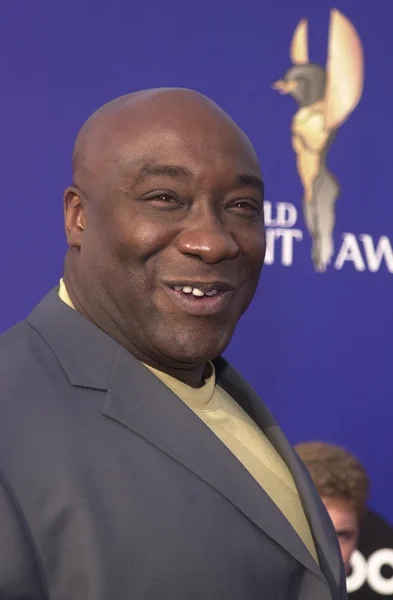
1. Ving Rhames’ 39-Second Mission Impossible Pay
In what is dubbed perhaps the epitome of minimal effort for maximum reward, Ving Rhames is rumored to collect $7.7 million for appearing for a roughly 39-second time period for Mission: Impossible – Ghost Protocol. The cameo appearance came at nearly two hours for the film, and the production itself took two days. Even if the series’ frequent cast member has built-in clout, the visitation came with the equivalent to the blink-and-you’ll-miss-it occurrence that also included the megaplex paycheck.

2. Julia Roberts’ $14 Million Valentine Windfall
Her Valentine’s Day assignment was described “little more than an extended cameo” by Vulture, but she negotiated an upfront that consisted of $3 million and 3% backend profits. The deal netted her approximately $14 million. Much of her time on screen consisted of sitting on an airplane, but through the power of smart contract clauses, she left with approximately $11,952 per word. And this is the ultimate example of how backend points when paired with a hit can blow away upfront pay.
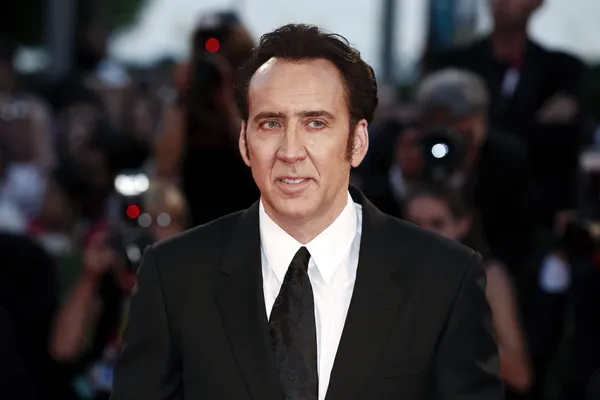
3. Nicolas Cage and the Superman That Never Was
Nicolas Cage’s rumored $20 million paycheck for the unreleased Superman Lives demonstrates the value of a pay-or-play provision. According to Backstage, pay-or-play obligates the actor to receive pay, even if the production tables are flipped, provided some stipulations are fulfilled. Cage never did star in the film, but if the rumored paycheck is true, it is among the largest non-performing paydays ever awarded to an actor in Hollywood.

4. Million-Dollar Hours from the film Shrek 2 by Cameron Diaz
Voice over can be very profitable particularly for A-list voices. Cameron Diaz showed up on The Ellen DeGeneres Show and revealed that she only worked two five-hour days to do the voice for Shrek 2. For 10 hours’ worth of voice over, she netted an unsubstantiated $10 million, or $1 million per hour. Voice over requires talent, however, this example demonstrates how established name recognition can greatly escalate fees above the average.
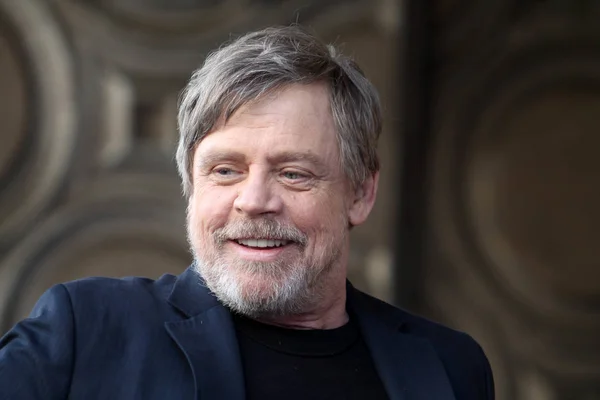
5. Mark Hamill’s Silent Star Wars Fortune
Mark Hamill’s comeback generated hype, but his on-screen contribution was limited to a brief gesture at the end of the final scene. Saying absolutely nothing, Hamill took the hushed $1–3 million paycheck and walked away. The Men’s Health website complains that this translated to about $2 million for a minute or so of screen time proof that nostalgia is too expensive to bank on.
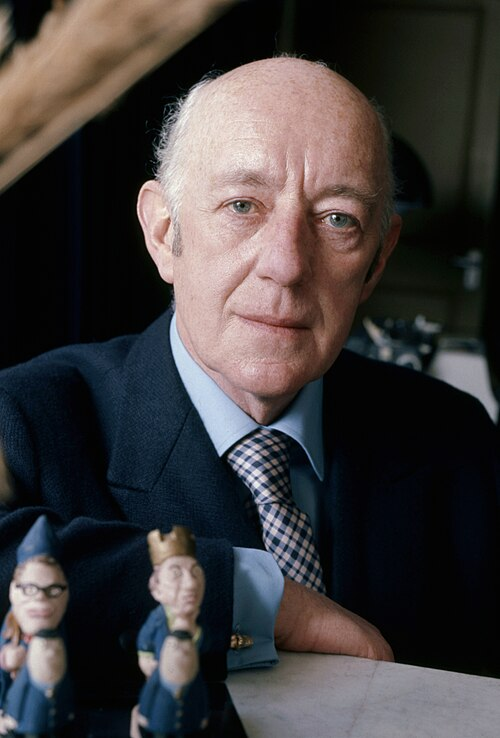
6. Alec Guinness’ $95 Million Star Wars Legacy
Alec negotiated 2.25% backend grosses for A New Hope, the ultimate deal that netted him around $95 million for the rest of his life. He worked for under 20 minutes screen time for Obi-Wan Kenobi, yet the backend, like with gross points defined by Rodriques Law, kept netting him money for decades to follow as the series became an icon. The deal is the stuff legends are made of for the all-time great contract victory for an actor.
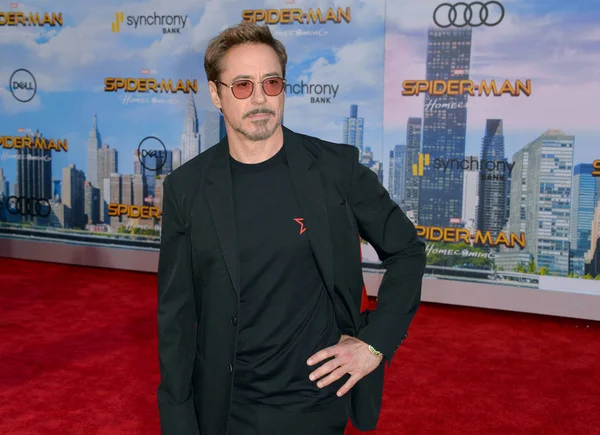
7. Robert Downey eight-minute Marvel cameo
In Spider-Man: Homecoming, Robert Downey Jr.’s Tony Stark showed up for less than eight minutes, needing for a single scene to visit the set with Tom Holland. The rest were individual shoots or voiceover. His $10 million salary, as reported, equates to more than $1.25 million per minute. For an actor whose Marvel presence is the stuff of legend, even cameos are superstar wages.
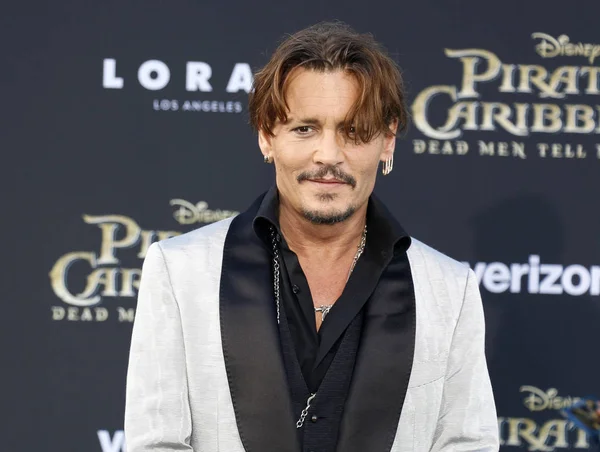
8. $16 Million for a Film that Johnny Depp Does Not Even Feature
Johnny Depp was also negotiated to the full $16 million salary for Fantastic Beasts: The Secrets of Dumbledore even though he was replaced for the purposes of a single scene by Mads Mikkelsen. The action constituted a pay-or-play deal that entitled payment to whomever won the final cast. The Depp scenario is an instance where contract provisions can even convert career missteps to fortune.
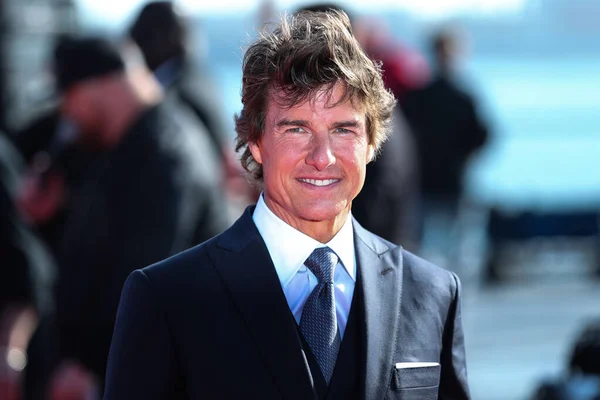
9. Tom Cruise $100 Million Top Gun: The Maverick Package
Tom Cruise’s deal for Top Gun: Maverick shows the contemporary-day backend deal at work. He took a reduced upfront salary of $13 million for a break-even profit participation. With the movie taking in more than $1.45 billion worldwide at the box office, Cruise is said to have taken home a share of more than $100 million. Gross-based backend points are rare, but when they occur, as in Cruise’s case, they can result in one of the largest recent payoffs.
These scenarios show that for Hollywood, the payoff to the job can be decidedly uneven often resting with smart contract negotiation, star power, or the simple fact of being at the right place at the right time. Whether it is backend points that pay out for generations or pay-or-play clauses that guarantee money without spinning a single reel, the industry’s biggest earners never forget the real performance is all too often at the bargaining table.


